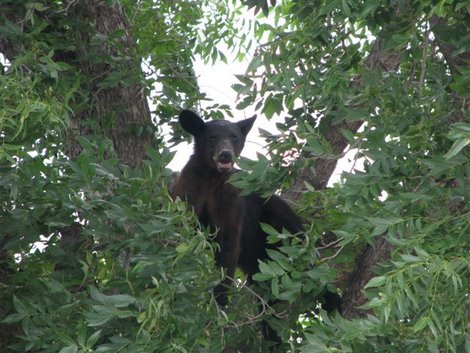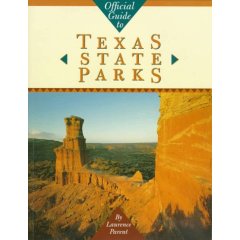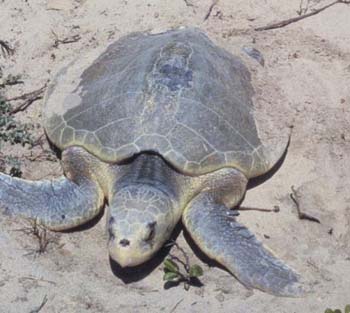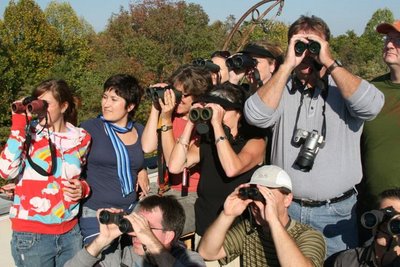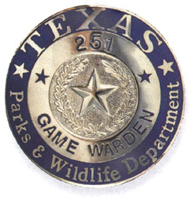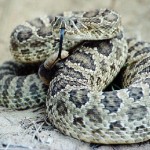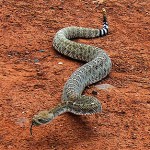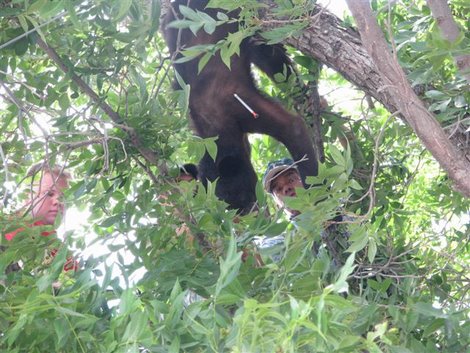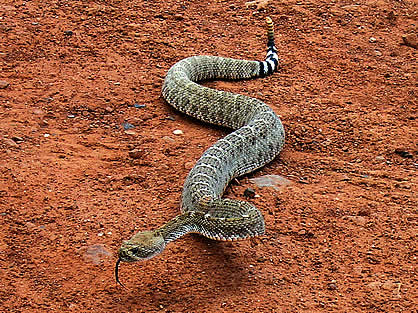
Rattlesnakes, like all snakes, are fascinating animals. This is probably because they are rarely seen by most people and they are perceived as scary. Yes, a rattlesnake is venomous and can kill you. However, the chances of you being bitten by one are low, very low. With that out of the way, today’s article discusses the breeding behavior of rattlesnakes.
Adult, female rattlesnakes become receptive to male advances only in years when they have stored enough body fat to bear a litter. In short, a rattlesnake may not breed every year. Because individual body condition is important, depending on hunting conditions only a small percentage of females may be available for breeding on an annual basis.
The rattlesnake mating season takes place in late summer. Females hold sperm in their reproductive tract during winter estivation (similar to hibernation) and fertilize their eggs at the beginning of the following spring. During pregnancy, female rattlesnakes will not eat, and this is even after an entire winter without feeding! They will not eat all summer.
Instead, females will stay at exposed to the sun in south-facing areas adjacent their winter den. Females rely only on their fat reserves to support the growth and development of their embryos throughout the summer months. This is why female rattlesnakes must be in excellent condition prior to breeding.
In a good year, the females will give birth to live young in late very late summer. A baby rattlesnake is venomous from birth, but it is incapable of defending itself from predators. Birds, raccoons, coyotes, and other snakes will quickly consume fresh-born rattlesnakes. Even fish, including largemouth bass, will eat snakes if the young are near water.
The just-born rattlers must be protected by their mother. Young rattlesnakes will have to spend the first week of life basking in the open until they shed their natal skin and can move on their own to safer ground. During that natal basking period, the mothers stay near their young, defending them from potential predators.
From this point, it will take the baby rattlesnakes anywhere from six to ten years to reach maturity. Once mature, females will only mate every three to six years. As you can see, rattlesnake populations can be closely tied to environmental conditions. Thier low rate of reproduction makes them highly susceptible poor habitat conditions or over-harvest.
